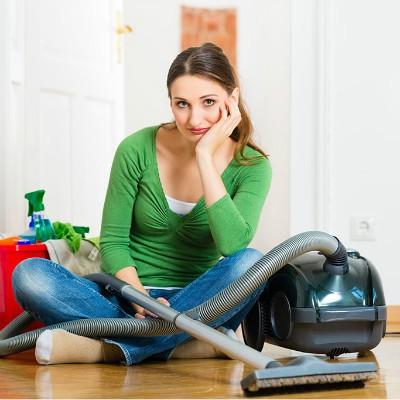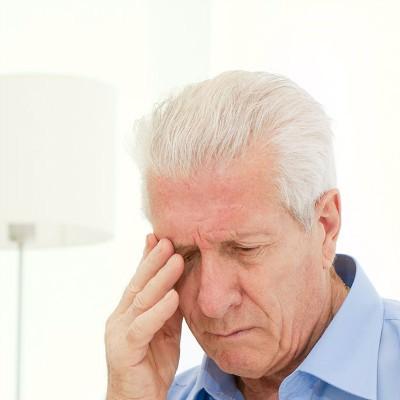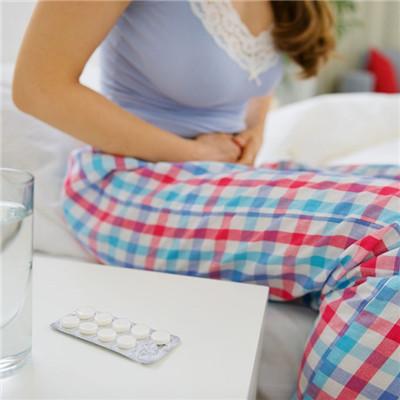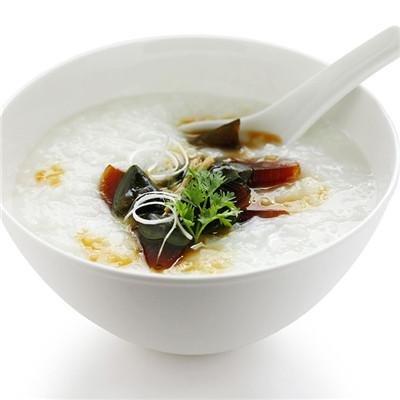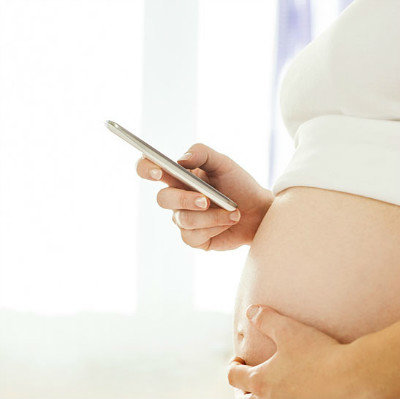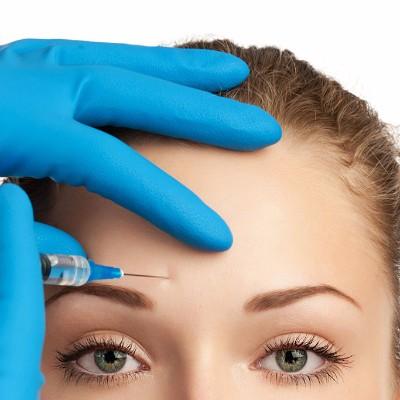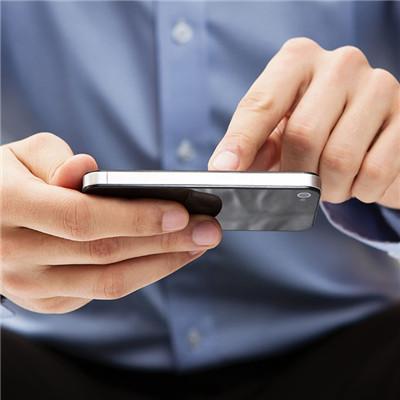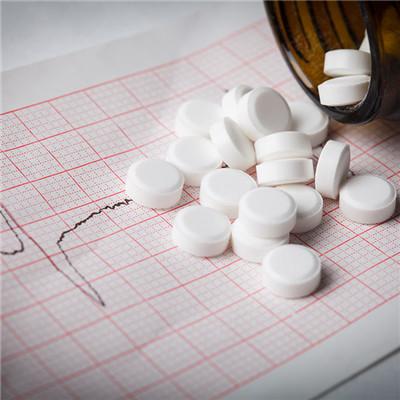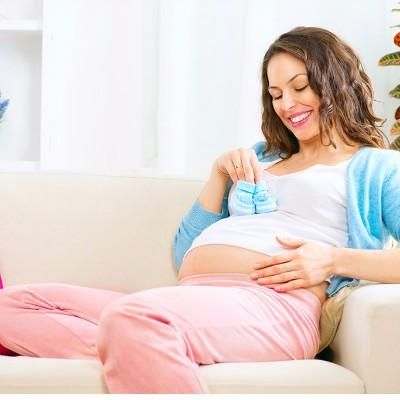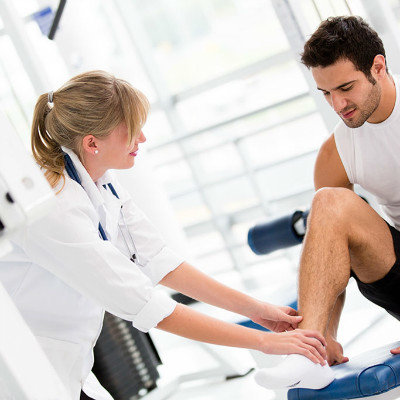Hypertension in children?
summary
The lower the age, the lower the blood pressure. At present, it is considered that the blood pressure is higher than the systolic pressure (high pressure) or diastolic pressure (low pressure) of the same age group by 20 mmHg. In order to facilitate clinical application, it is generally considered that the blood pressure value is > 90 / 60 mmHg in newborns and > 110 / 70 mmHg in preschool children. If the mercury level of school-age children is more than 120 / 80 mm, infantile hypertension should be considered. The blood pressure of lower limbs was 10-20 mmHg higher than that of upper limbs. Essential hypertension is rare in children, accounting for 20% - 30%, but it has an increasing trend in recent years; Secondary hypertension was more common, accounting for 65% - 80%. In children with secondary hypertension, kidney disease accounted for 79%, followed by cardiovascular disease, endocrine disease, nervous system disease and poisoning. Now let's talk about the symptoms of hypertension in children?
Hypertension in children?
1. Primary hypertension in children is more common in adolescents, mostly mild hypertension, often without obvious symptoms, only found in physical examination or athlete screening, often accompanied by moderate and mild obesity. The blood pressure of secondary hypertension can increase from mild to severe. Generally asymptomatic, clinical manifestations of primary symptoms and signs, such as chronic nephritis, children often due to growth retardation to diagnosis.
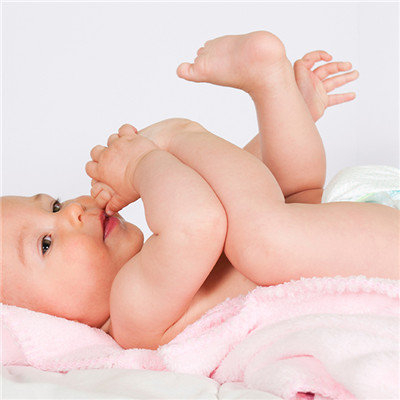
2. When the blood pressure rises significantly, or when it is persistent and (or) rapid hypertension, there may be dizziness, headache, epistaxis, loss of appetite, vision loss, etc. in severe cases, there may be vomiting, convulsion, ataxia, hemiplegia, aphasia, coma and other symptoms of hypertensive encephalopathy.
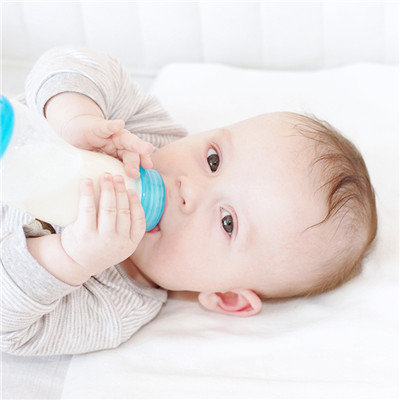
3. If the symptoms are aggravated when the blood pressure suddenly rises, accompanied by angina pectoris, heart failure, pulmonary edema, convulsions, etc., it is called hypertensive crisis. This is due to the significant increase of peripheral vascular resistance caused by temporary small artery spasm, resulting in the rapid rise of blood pressure, which must be dealt with urgently to save lives. Therefore, blood pressure should be routinely measured in infants with aspiration or heart failure, unexplained irritability and headache in older children.
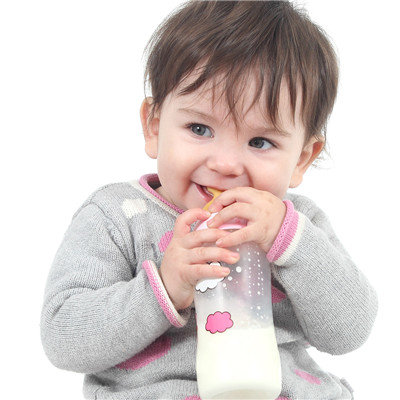
matters needing attention
In childhood, hypertensive crisis is often manifested as hypertensive encephalopathy. The treatment of hypertensive crisis should choose emergency intravenous administration to reduce blood pressure. The first choice of drugs is sodium nitroprusside or labetalol, or diazoxide. In order to ensure sufficient blood supply of heart, brain, kidney and other organs, the blood pressure should not be too fast. It is better to reduce 1 / 3-1 / 2 of the planned blood pressure within 6 hours after the start of treatment, and reduce the blood pressure to nearly normal within 48-72 hours. Once the hypertensive crisis was relieved, captopril or calcium channel blockers were taken orally. At the same time, we must actively control convulsions, reduce intracranial pressure, and pay attention to the state of heart and kidney function, especially when accompanied by renal insufficiency, we must adjust the balance of water and electrolyte.
